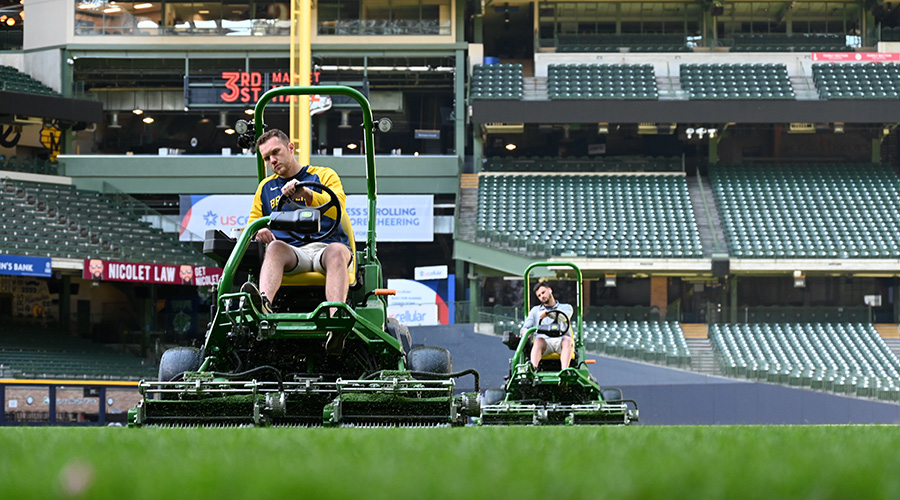Utility Vehicles: Durability, Flexibility in the Spotlight
Few pieces of grounds care equipment must endure the day in and day out use — and often abuse — that utility vehicles go through. For that reason, utility vehicles are becoming even more durable, with improved suspensions, four-wheel disc brakes, and multiple drive mode functions to match varying ground conditions.
Hydrostatic transmissions are available, which provide dynamic braking so when an operator’s foot is removed from the brake pedal, the system naturally reduces the flow of oil, causing the machine to slow, resulting in less wear on the brakes and reduced fuel use.
In addition to performance, the number of options and accessories have increased since these vehicles were first introduced, providing an enhanced work environment in the cab compared to older models. Grounds managers can choose from options, such as fully enclosed cabs, heat and air conditioning, power steering, rearview and sideview mirrors, front and rear work lights, snow blades, and a radio and speakers.
Christopher Girodat, marketing manager, Bobcat Co., www.bobcat.com.
Related Topics:

















